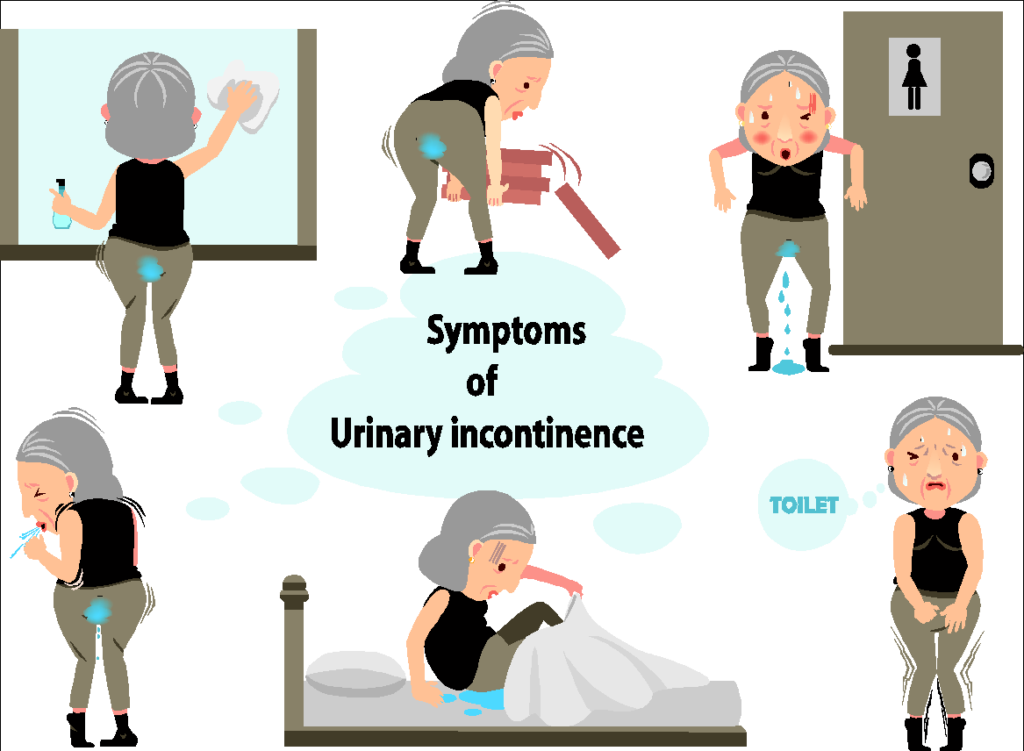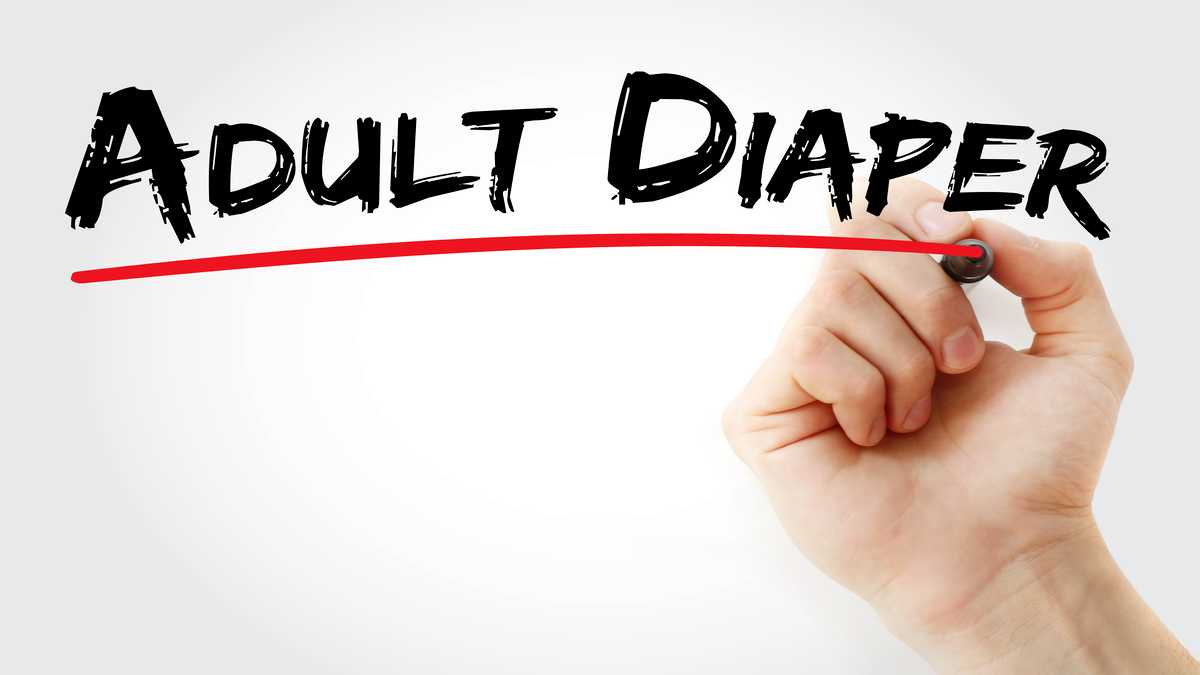Urinary incontinence refers to a low bladder control that results in involuntary leakage of urine.
Urinary incontinence refers to a low bladder control that results in involuntary leakage of urine. Nearly 16 million women in India suffer from some form of urinary incontinence. Many women believe it to be a normal phenomenon of aging. Some, due to social awkwardness and stigma, do not seek medical opinion for the same. Urinary incontinence can be of various types – Stress urinary incontinence, which typically occurs when the lady coughs, sneezes, laughs, or strains. It can be urge incontinence where typically one cannot withhold the urge once the desire to pass urine sets in and typically dribbles some amount of urine before reaching the toilet. More than two trips to the bathroom to urinate during the night is also a type of incontinence. This typically can happen due to reduced elasticity of the bladder & weakening of the support maintaining continence mechanism due to changes in collagen structure & low estrogen levels close to menopause. A sudden leak can occur with premature bladder muscle contractions too. The problem of urinary incontinence is more common in women than men, especially in menopausal women. Obesity and smoking pose high risks of suffering from urinary incontinence. Stress and age are some other factors causing the problem. Kegel exercises and pelvic floor exercises also help in alleviating the problem. 60% of incontinence can be relieved with just some medicines & bladder training

Causes of urinary incontinence
Some of the common reasons are:
- Childbirth and pregnancy – prolonged delivery, use of vacuum or forceps, obstructed labor, etc.
- Menopause
- Obesity
- Age
- Older surgeries of the pelvic region
- Cesarean sections where the bladder has been injured resulting in abnormal communications between urinary & genital tracts called a fistula
- Neurological conditions
- Parkinson’s disease
- Constipation
- Diabetes & uncontrolled sugars
- Urinary tract infections
- Alcohol
- Spinal cord injury

How can urinary incontinence be treated?
Treating the problem needs to consider various factors, such as the severity of the incontinence, age, mental state, and patient’s general health. Some ways in which urinary incontinence can be treated are as follows:
Bladder training – This involves controlling the urge to urinate and improving your bladder endurance. It also helps if you schedule your visits to the bathroom at set times during the day – like, say, every 2 hours or so.

In some severe cases, the doctor may prescribe medication to control the condition. In other more severe cases, the doctor may advise surgery. These can be:
- Medicines – These are medicines that modulate the brain’s signaling pathways to the bladder & urethral musculature & sphincter—some of which modulate their tone. Medications are required to be taken for an extended period and may not always give a permanent benefit. Occasionally there can be some side effects.
- Botox – This is helpful for people suffering from an overactive bladder.
- Radiofrequency therapy – This involves heating of the tissues of the lower urinary tract. These enable them to become firmer, rendering better bladder control.
- Sacral nerve stimulator – This device is planted under the skin on the buttock. Through a wire is connected to a nerve that runs through the spinal cord to the bladder. The wire keeps emitting an electric pulse stimulating the nerve, making it better at controlling the bladder.
- Bulking agents –These are injected into the tissues around the urethra, keeping it closed.
Surgery may be required in only 40% of urinary incontinence cases, especially if it is Stress urinary incontinence or genuine incontinence in cases of abnormal communications between the urinary tract and the genital tract. But surgery is also dependent on the type of incontinence and also not the answer to all incontinence. Indulge in a detailed discussion with your doctor before you choose to opt for one.
Special Thanks to Dr. Soumil Prakash Trivedi(DNB, FMAS – Director – Dr. Trivedi’s Total Health Care – Gynaec Endoscopist, Robotic Surgeon & Urogynaec Consultant) for the expert advice.






